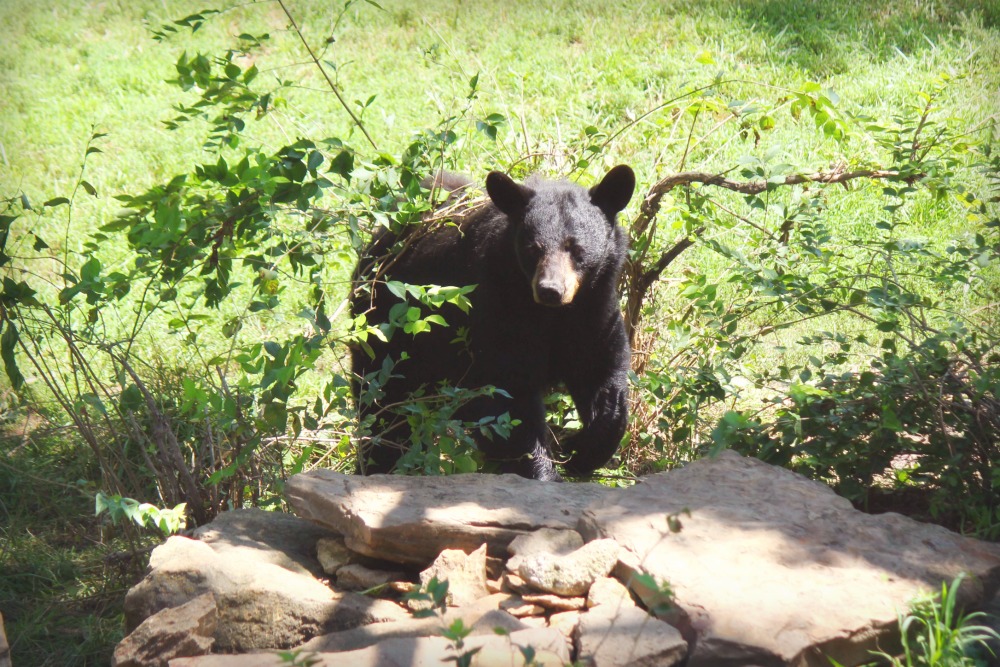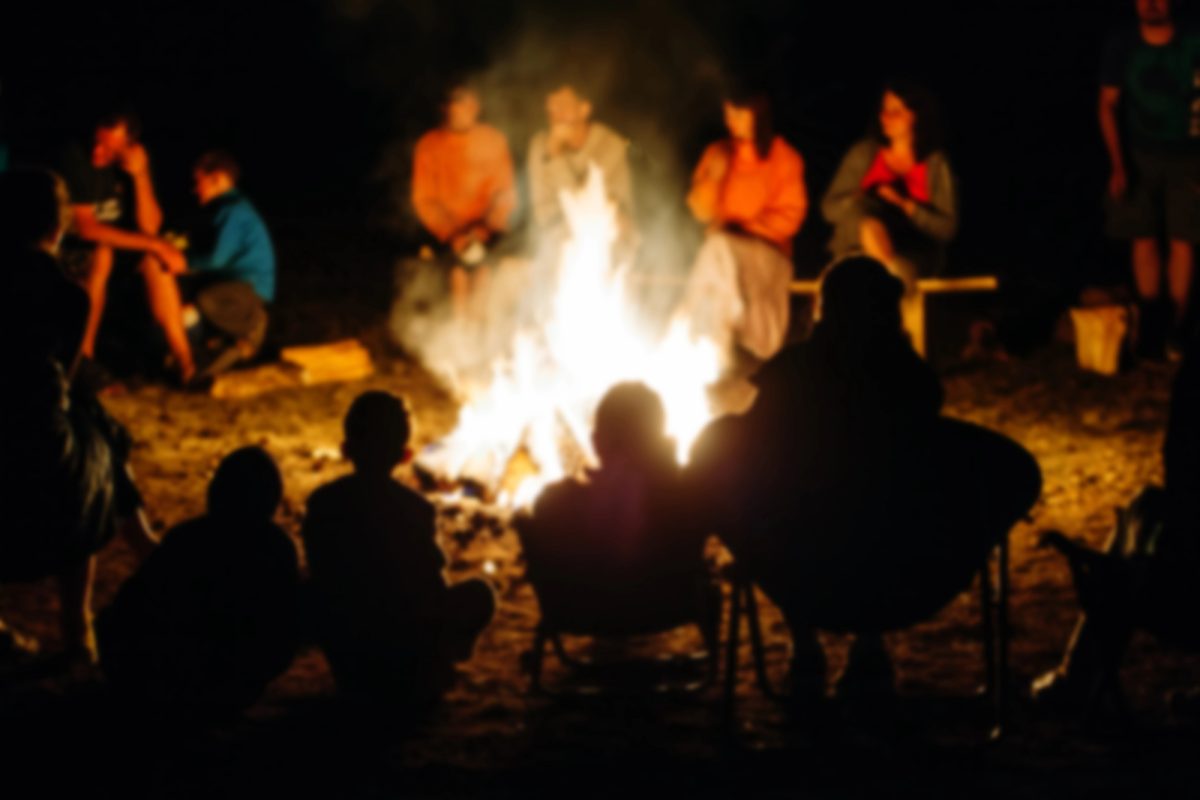

According to DelawareOnline, this could be the first black bear sighting in this area since colonial times.
This is sort of exciting and also sort of worrisome. I would think a bear wouldn’t be coming so close to humans unless it has nowhere better to go; it’s just too populated around here. I hope they are able to guide it somewhere safer or relocate it before somebody shoots it or hits it with a car. I think it looks quite young from the photo but I’m no bear expert.
UPDATE: the bear is now in the Newark area!
This guy gets around.
What follows is the official advice from DNREC’s Division of Fish & Wildlife should you see the bear, but I feel like they left out the sadly obvious:
If you happen across a wild black bear, for the love of god, DO NOT attempt to get a selfie with it.

OK? Now we’ve got that out of the way, the Division of Fish & Wildlife advises the following precautions:
If you see the bear
- Do not approach it, attempt to touch it, feed it or shoot at it. Back away slowly – give it space. Go inside and wait for the bear to leave. Once inside, please contact the Division of Fish & Wildlife to report the sighting at 800-523-3336.
- Keep in mind, most bears fear people and will retreat when they see you.
- Eliminate potential food sources that could attract the bear by cleaning or removing anything outdoors that may smell like food. This includes:
- Locking garbage in a secure trash container, or keeping it inside until the day of pick-up
- Rinsing trash containers with ammonia to eliminate food odors
- Temporarily discontinuing the use of backyard compost piles
- Storing cooking grills inside or keeping them clean of food residue
- Temporarily removing birdfeeders ─ there are many wild food sources for birds during this time of year.
If you live in a bear sighting area and have animals
- Keep food indoors. If animals are fed outdoors, only feed the animal what it will eat in one sitting to ensure that there is no food remaining.
- Corral animals close to buildings and outdoor lighting at night.
- If you have electric fencing, make sure it’s turned on to protect chicken coops, livestock nursery pens, etc.
- Promptly dispose of dead farm animals.
“This time of year, male bears are known to roam widely, but if given the opportunity, we will attempt to live-capture the bear and transport it to more suitable habitat out of state within the bear’s normal range,” said Wildlife Administrator Rob Hossler, Division of Fish & Wildlife. “Sightings from the general public will help us track its movements and enable us to respond accordingly. We ask anyone who sees the bear to report the encounter, including the specific location, by calling 800-523-3336.”
For updates, follow the Division of Fish & Wildlife on Facebook.
No Selfies graphic via depositphotos

